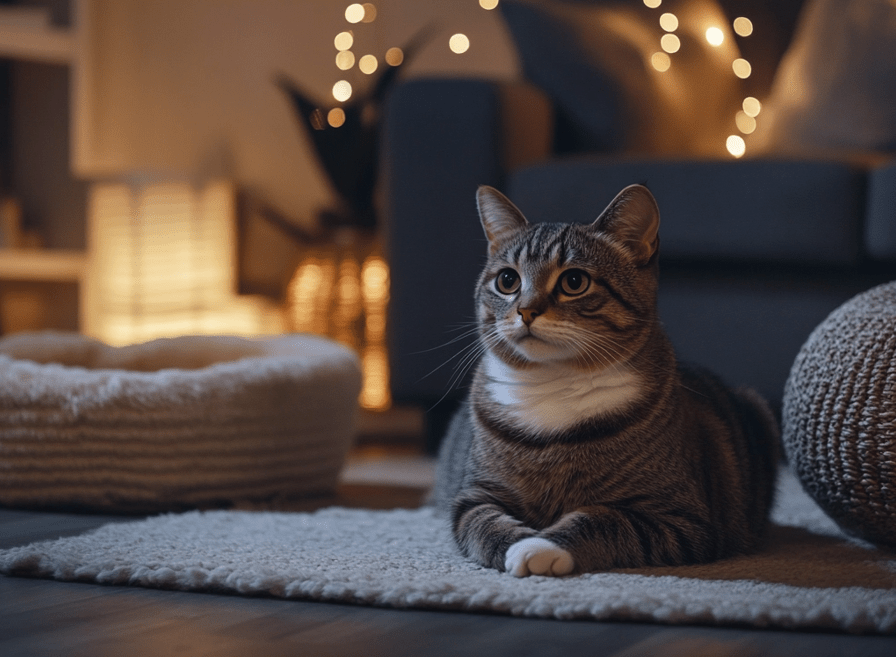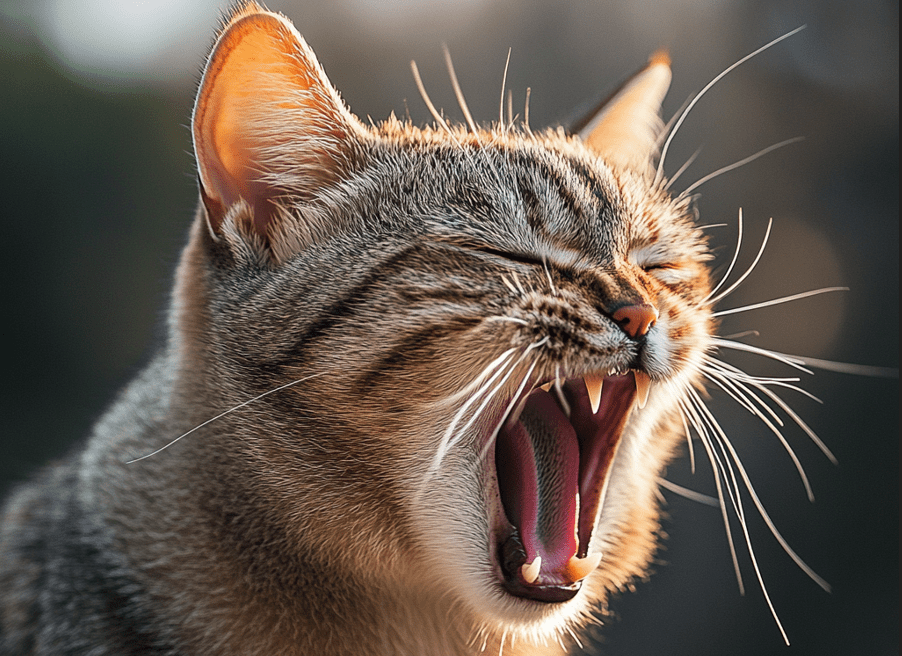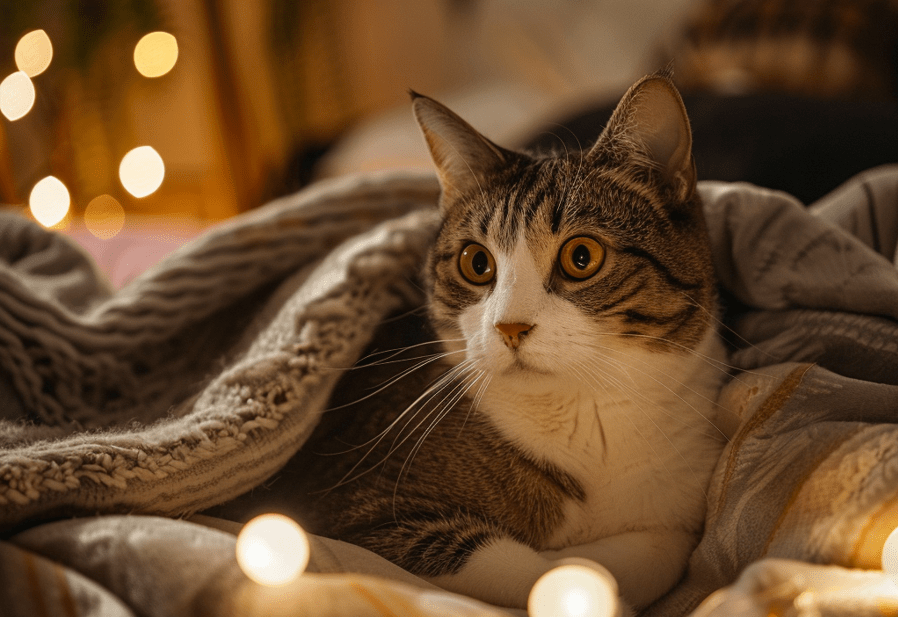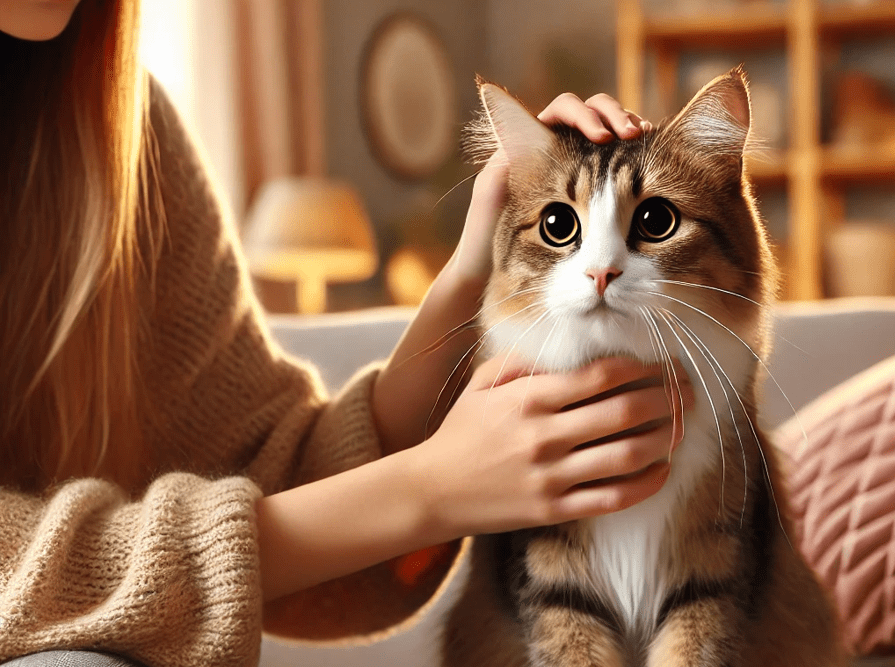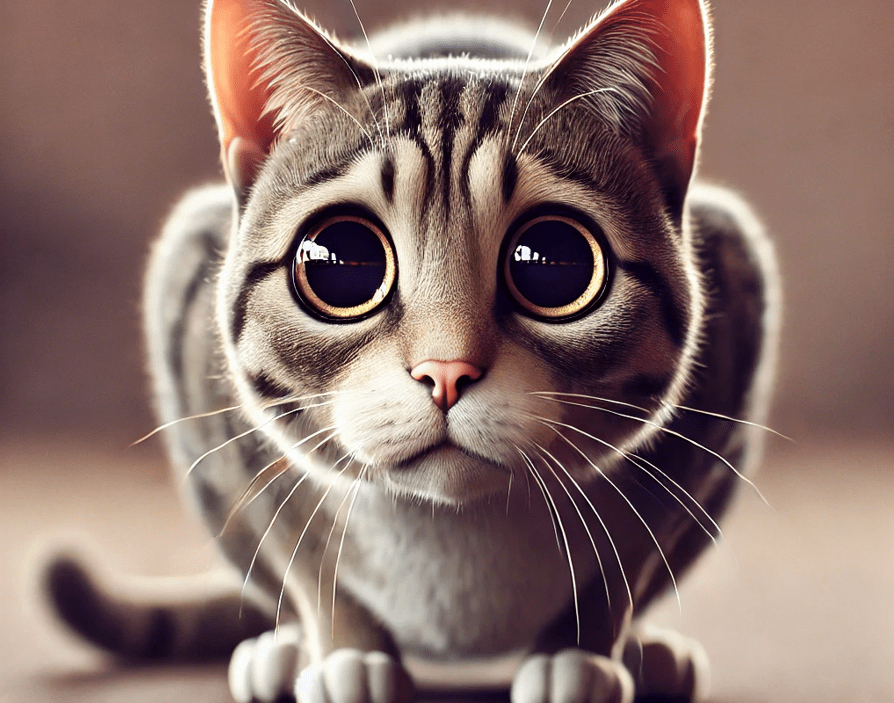
Signs that your pet cat exhibits unusual behavior need immediate attention. Understanding cat anxiety symptoms is crucial for their well-being. Cats are sensitive creatures! Routines matter to them since they struggle to adapt to environmental changes. Detecting feline signs of anxiety can be challenging, but your quick action matters when you want to stop both mental and physical distress symptoms.
When your cat exhibits unusual behaviors or shows deviations from their normal manner, your first step should be to identify the cause because prompt diagnosis will result in earlier recovery. This reference provides essential guidance on comprehending feline anxiety, which details recognizable physical and behavioral symptoms as well as their sources and effective approaches for helping your cat experience a peaceful life.
How to Spot Signs of Anxiety in Your Cat
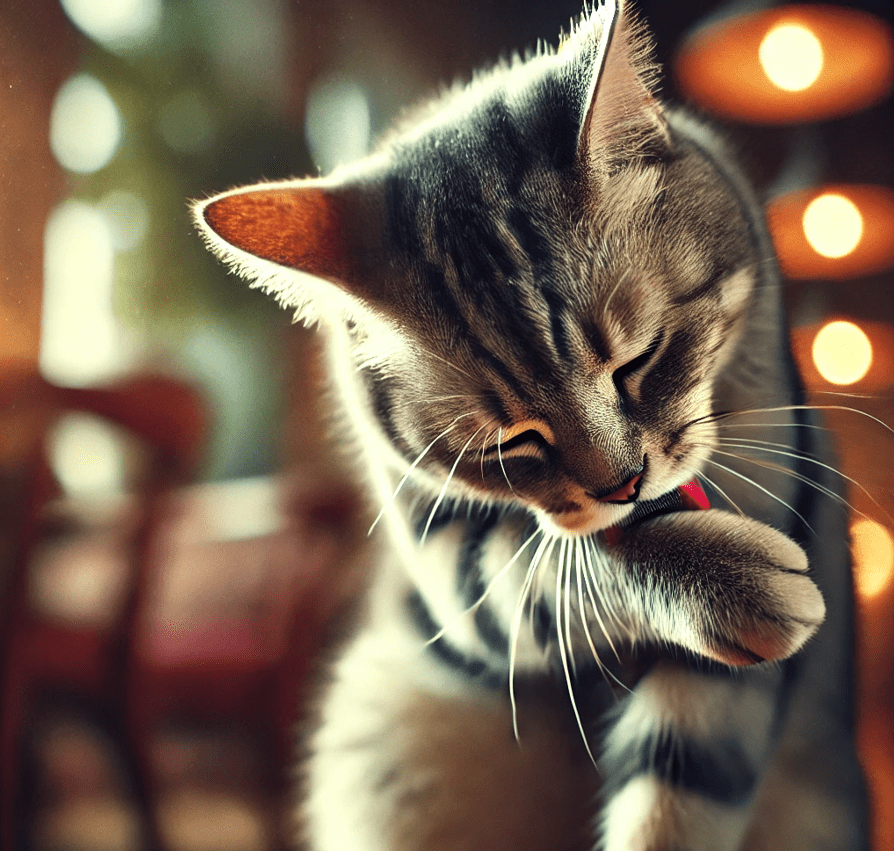
Observing symptoms of anxiety in your cat enables you to start their path to recovery. These behavioral changes, such as abandonment of eating, indoor spraying, or the display of assertive behaviors, indicate that your cat is experiencing stress. The indications of anxiety show up through behavioral as well as physical symptoms. Physically, your cat may tremble while also breathing rapidly along with frequently licking its nose and generating loud vocalizations through growling, hissing, or yowling and its pupils may dilate with consistent crouching and flattened ears and sluggishness and appetite changes in addition to unusual food choices and persistent grooming leading to diarrhea and vomiting as well as weight fluctuations. Anxiety behavior in cats can manifest through unwanted outings to the bathroom besides the litter box as well as spraying urine and obsessive scratching or showing aggression or unceasing vocalization and constant movement or easily startled behaviors. It is essential to seek veterinary guidance if your cat displays any warning signs because you need to eliminate medical causes. After eliminating physical issues, you can start gathering information about what triggers anxiety in your pet.
Being Separated from You (Separation Anxiety)
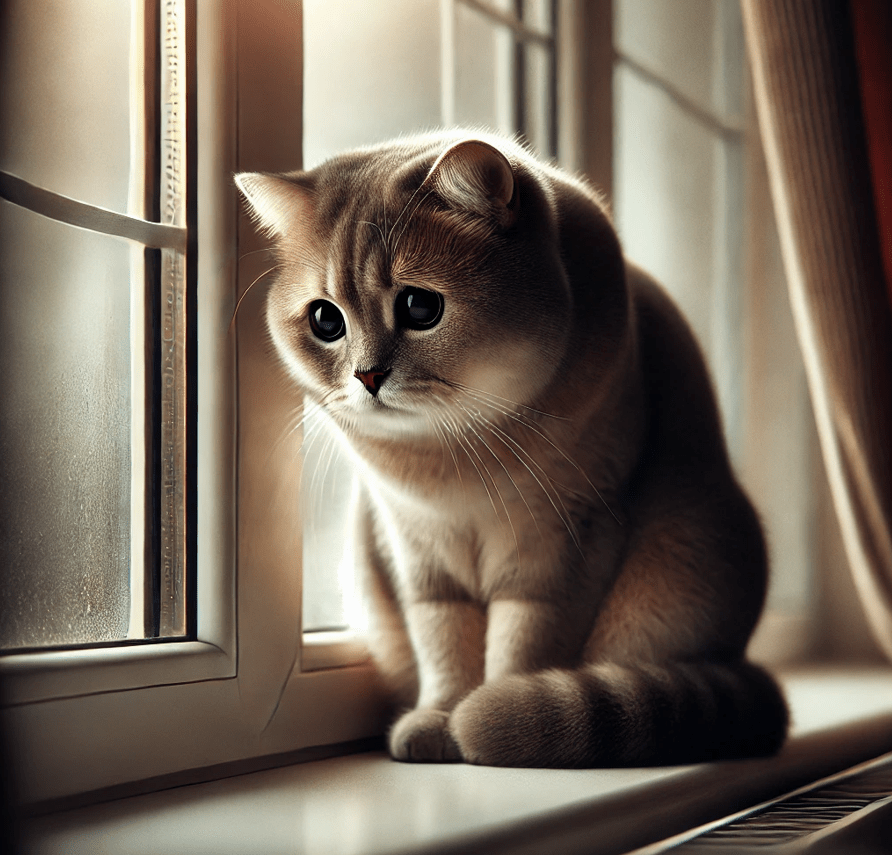
Veterinary behaviorists refer to 10-20% of companion animals with separation anxiety as specific anxiety cases. Having separation anxiety in cats implies that the animal shows anxious or distressful behaviors when left alone between periods of contact.
Cats develop separation anxiety due to being rehomed once, spending their early lives with constantly present people, only having one family member, or suffering from noise phobias. Being abandoned or rehomed because of separation anxiety will likely worsen the condition.
Bodily Reactions and Behavioral Changes Due to Cat Anxiety
The experience of anxiety emerges when someone expects danger to appear. Your cat expects danger even though it is unthreatened. Anxiety in cats leads to physical body reactions along with behavioral changes in feline conduct.
Physical responses of anxious cats include rapid heartbeats together with rapid breathing as well as panting and trembling and a wet mouth. The most noticeable signs that your cat experiences anxiety involve both high activity levels and secrecy, while their behavior also includes property damage and nonstop vocalization.
Fears, Phobias, and Anxieties: Development in Cats
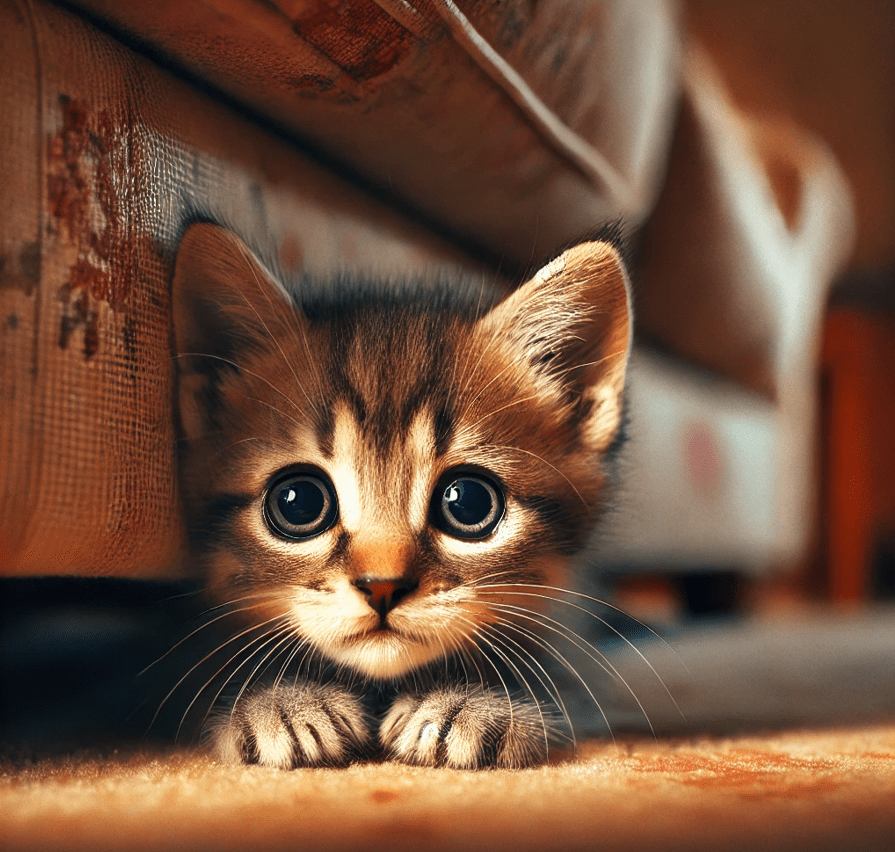
During its first year of life, a cat forms numerous fears and develops both phobias and anxieties based on early experiences. Cat’s parents usually recognize initial signs of anxiety in their pets between the fifth month and the first year of life. Your cat enters a stage where anxiety symptoms intensify or fresh concerns appear when it reaches the age between 1 and 3 years.
Early treatment of your cat’s anxiety becomes important because it helps to manage the situation effectively. This guide will explain common cat anxiety symptoms, what might be causing the anxiety, and treatment options you can try.
Visible Signs of Cat Anxiety
When your cat becomes anxious, you should pay attention to pacing movements followed by signs of restlessness and hiding, combined with an appetite decrease and vocalization, as well as increased sensitivity, trembling motions, salivation, and extra grooming habits.
The symptoms of cat anxiety and fear include these other possible manifestations that range from light to grave: Anxious behaviors in cats include avoiding eye contact, shifting body or head position, holding their tail tightly to their body, making small tail flicks, and partially dilated pupils.
The signs associated with moderate cat anxiety include partially turned ears while their dilated pupils breathe faster and observe the source, paired with tight tail holding and backward body position.
Features indicating severe anxiety in cats include attempts to flee their environment alongside complete immobilization with wide-open pupils along with erect ears and stiff fur and a blank stare followed by aggressive behavior.
Reasons Why Your Cat May Be Anxious
Any health issue, together with physical pain, enhances both new anxiety conditions in your cat and intensifies existing ones. Nervous system aging changes, together with infections and toxic exposure to substances (such as lead), create behavioral problems by producing fears and phobias along with anxiety. Ultimately, what matters in your cat’s view of a situation is their perception of trauma, whereas your subjective interpretation of events may differ. Socialization deprivation during the period between 7 and 12 weeks of age can result in permanent fearfulness and anxiety in cats. A feline develops anxiety and phobias when they lack the ability to escape their environment from a threat such as confined conditions during firework events or living with an intimidating pet.
How to Help Your Cat Stay Relaxed

In case your cat shows moderate-to-severe fear signals, you may approach it for comfort but without rewarding fearful actions. Popular belief is that the opposite of this practice is incorrect because comforting and soothing do not serve as a reward for fearfulness.
We must strictly avoid punishing fear-related behavior because it will intensify the fear response. Research has documented aggressive responses directed at the person administering the punishment. The use of water bottle squirts and verbal shouting matches with your cat both fall under this category of improper behavior modification.
Avoid attempting to place your cat inside the carrier during periods of anxiety, as it may not provide comfort. The confinement triggers extreme panic in some cats because they resourcefully scratch or bite at the cage until their claws or teeth become shattered.
Before making dietary or treatment changes to your routine behavior with your cat, you need to rule out all health-related causes with a visit to your veterinary specialist.
Veterinary Diagnosis and Treatment Options for Cat Anxiety
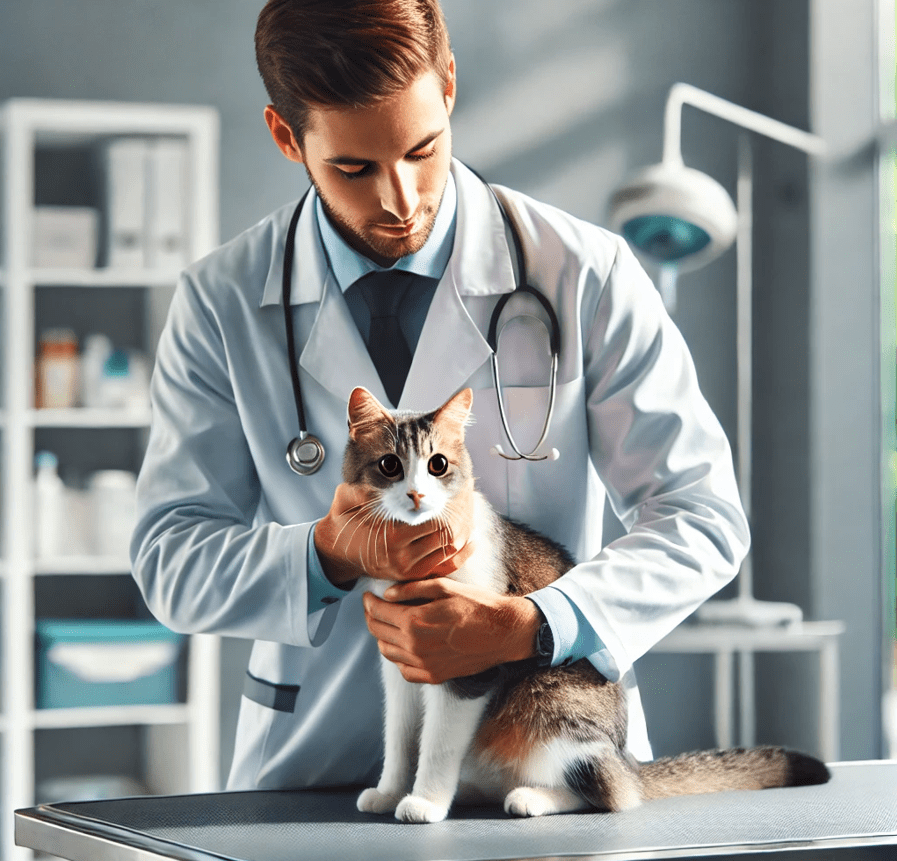
A veterinary examination will begin by eliminating any medical factors that cause behavior changes, including pain or thyroid disease. Your veterinarian will conduct a complete physical assessment alongside blood work tests as well as urine examinations. Your veterinarian will advise additional testing solutions based on your cat’s results.
Familiarizing the diagnosis requires complete patient history information supported by recorded behavioral videos. These tests will reveal the observed stimuli and situations that cause anxiety, as they rule out medical causes.
Behavior modification together with cat anxiety medication or supplements proves effective for the treatment of most anxious cats. The use of antidepressants requires several weeks before showing any effects. These medication adjustments modify the brain activity that controls stress in cats. Cats continue using the medication for extended periods, but specific cats develop the ability to stop taking it after several months.
The main objective remains to achieve a joyful mind and peaceful condition for your cat without making any drastic personality changes.
There is a set of short-duration anxiety medications available for cats, which begin to act one to three hours after administration. Such medications possess benefits when used against predetermined events that have short durations. Your veterinarian may issue medications for your cat to take only during Fourth of July fireworks celebrations and trips to the veterinary clinic.
Blood testing by your veterinarian will track your cat’s blood chemical stability while they remain on medications.

